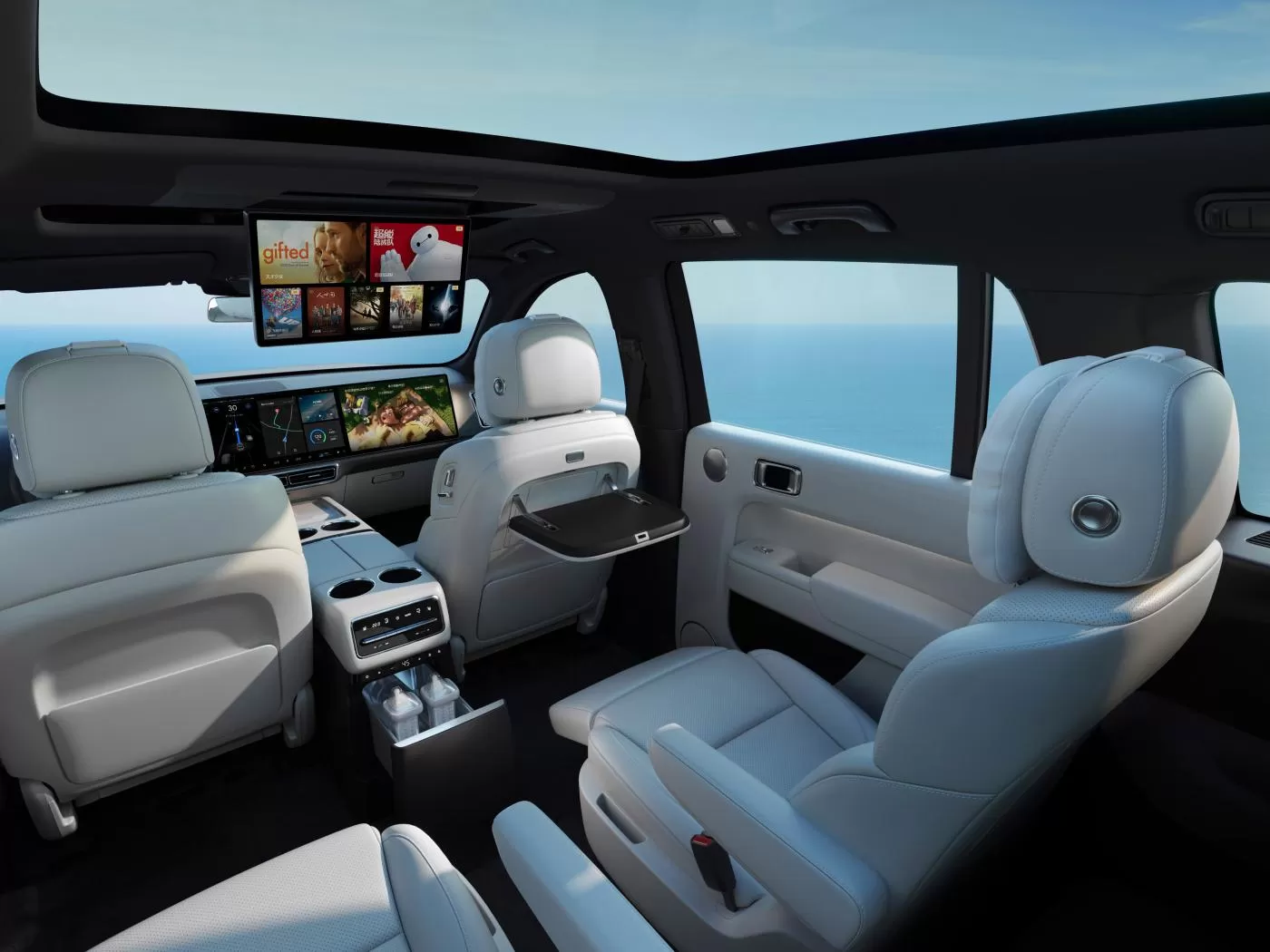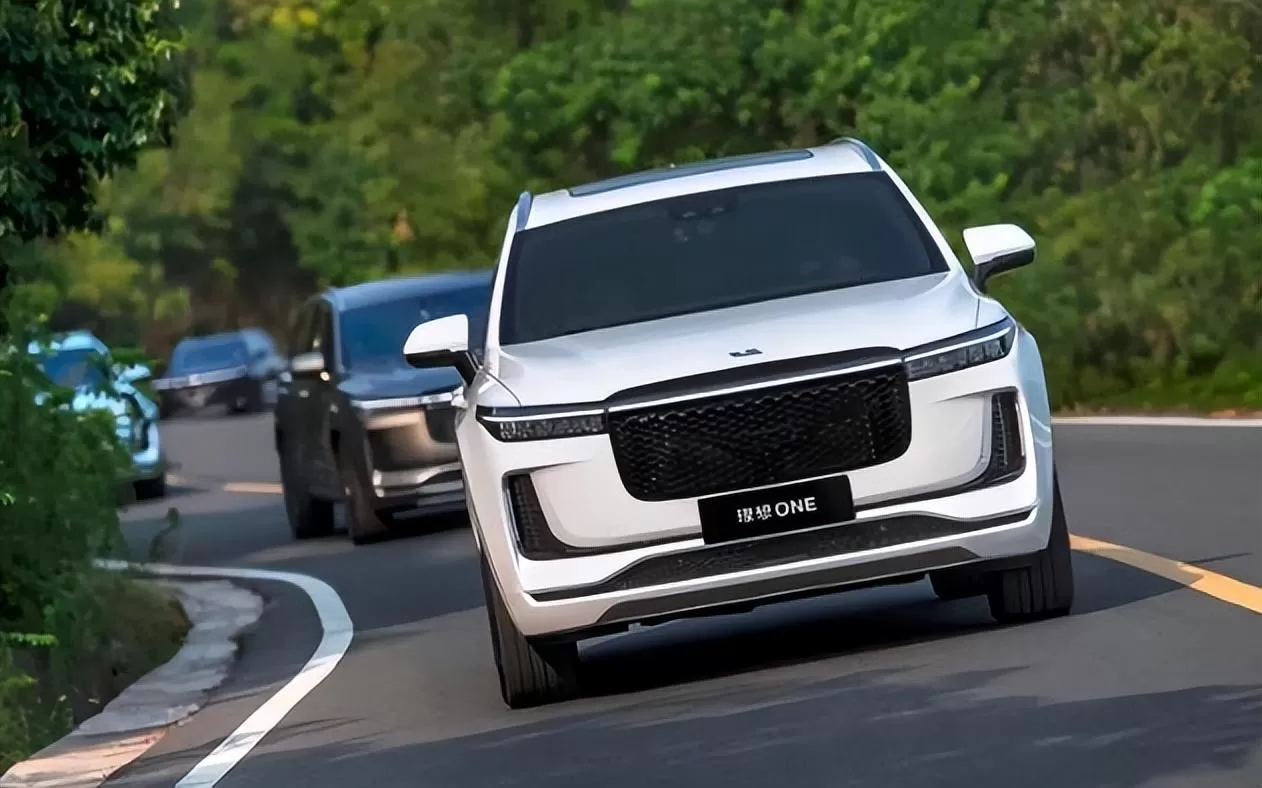As NIO continues to experience fluctuations in sales and XPeng Motors seems to be losing momentum, Li Auto and NIO are on the rise. Among them, Li Auto is especially in the spotlight. The Li ONE was the first domestic SUV to surpass 10.000 units in monthly sales with a price exceeding 300.000 yuan, but it has now been eclipsed. The Li L9. starting at 459.800 yuan, sold over 10.000 units in September alone, making it a unique presence among domestic models.

However, despite its high price and strong sales, Li Auto has faced criticism from competitors and online commentators. Many argue that Li Auto’s extended-range electric vehicle (EREV) technology is outdated, and therefore, its products are not deserving of such high sales figures. Yet, despite the belief that Li Auto’s technology isn’t cutting-edge, it has few rivals in terms of sales.
So, why is Li Auto criticized for lacking technology, yet still able to command high prices and achieve strong sales?
In recent discussions, many have tried to explain this seemingly "abnormal" phenomenon. Opinions vary, and while we've tried to analyze this situation, our understanding was superficial until I became a Li Auto owner myself. This experience provided answers to many of these questions.

First and foremost, Li Auto is a very "responsive" automaker. That is to say, many features that consumers and owners consider pain points are addressed in subsequent OTA updates. For example, some users previously noted that the rear refrigerator in the Li L9 couldn't be controlled via the central screen. This feature was added in a later OTA update. Recently, another owner mentioned that the car's system doesn't support connecting to external Wi-Fi hotspots, and the 20GB monthly data allowance isn't sufficient. According to a Li Auto representative, this feature may soon be added via OTA.
Li Auto’s ability to deliver on its promises through OTA updates is impressive. The company listens to feedback from media and users alike and often resolves issues quickly. While similar responses from other brands might be dismissed as mere lip service, Li Auto tends to implement these changes in the next OTA update, improving or adding features that address user concerns.
For new models like the Li L9. Li Auto releases an OTA update almost every month, often with significant improvements that enhance the user experience. Compared to other brands, which might take six months to a year to roll out such updates, this is a significant difference. For many consumers, this means that a Li Auto vehicle feels constantly new and updated, which motivates owners to recommend it to friends and family. In one extreme case, a Li Auto owner recommended the brand to over 90 friends who then purchased Li vehicles.
However, while Li Auto is responsive, it is also firm in its product definitions. Li Auto was the first company to define its vehicles as purely family-oriented SUVs, thus narrowing its product range, particularly focusing on so-called "daddy cars." Li Auto’s large vehicles may not be very user-friendly for many women. With the focus on “daddy cars,” features like hot and cold storage and rear entertainment screens are highly appropriate. Although some people mock these features, they are extremely useful to the target users of these vehicles.
When it comes to technology, there's no guarantee that advanced technology is always more practical. Some critics have claimed that the EREV technology used by Li Auto and AITO is outdated. A simple analogy can be made here: the bowl we use to eat today is based on technology that is thousands of years old. While it has undergone minor improvements over the years, it remains the best tool for the job. Similarly, Li Auto owners care less about whether the technology is advanced and more about whether it is functional and practical—and Li Auto has clearly succeeded in this regard.
So, while competitors may attack Li Auto’s EREV technology and some consumers may agree, for the owners, it’s the precise product positioning and consistent features that win them over. Combined with rapid, targeted OTA updates that keep the vehicle feeling fresh and address user pain points, it’s no surprise that products like the Li L9. despite their high price, continue to sell well.






